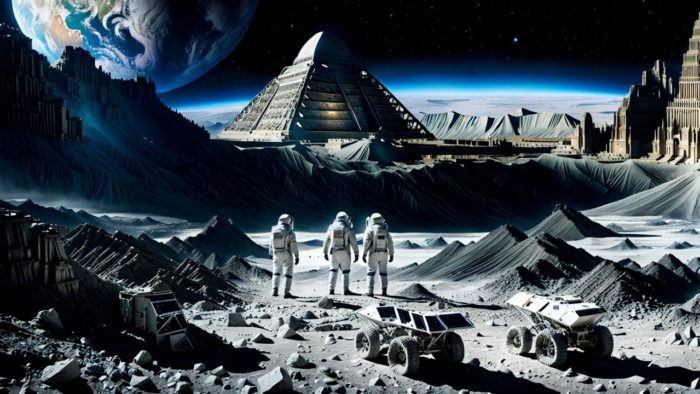
Forbidden Locations Of The Moon
- By
- July 5, 2024
- July 3, 2024
- 7 min read
- Expert Opinion
- 1
- Posted in
- Space, Future Exploration
Are there areas on the moon that NASA doesn't want the public to see? Could these restricted zones be the true reason we haven't returned to the moon in over 50 years, contrary to the explanations of technological and budgetary constraints?
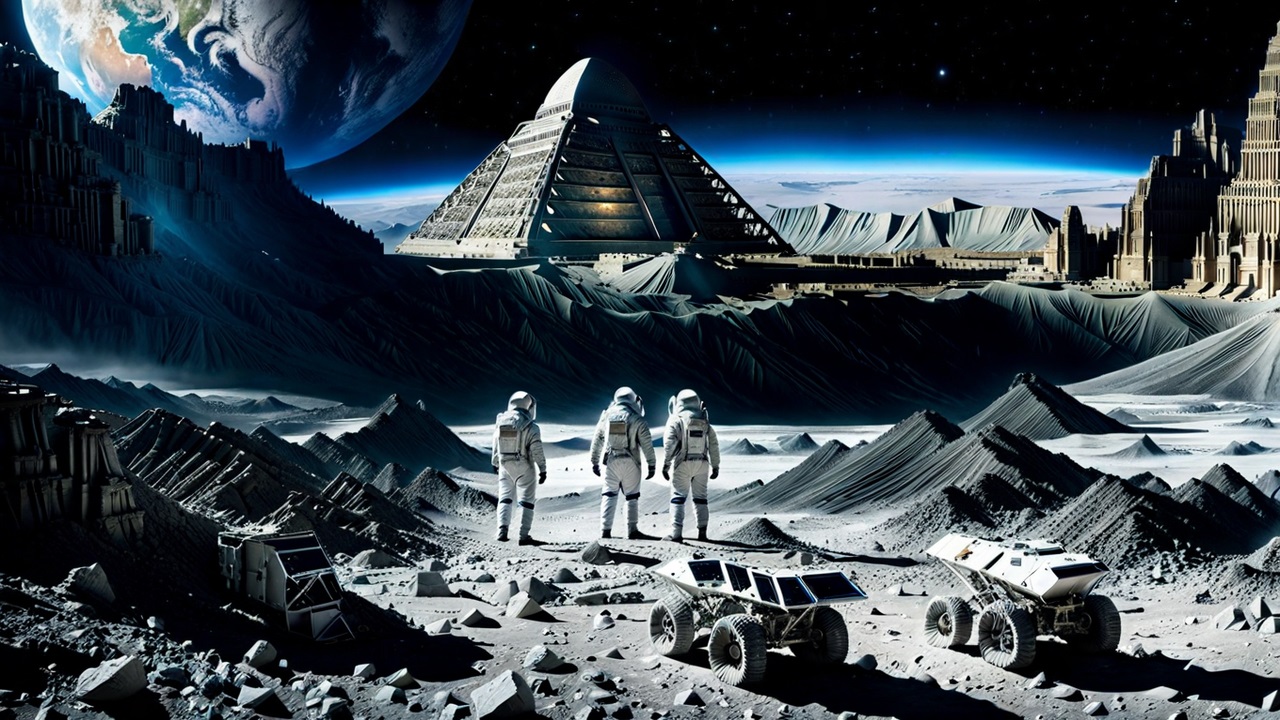 David Adair claims to have developed propulsion methods capable of taking us back to the moon. Moreover, if successful, he plans to explore these supposedly off-limits regions of the lunar surface. In reality, we have only thoroughly examined a small portion of the moon, with the majority still largely unexplored. Additionally, Adair's work could not only facilitate a return to the moon but also lead to cleaner energy and reduced environmental impact on Earth.
If Adair’s claims were...
David Adair claims to have developed propulsion methods capable of taking us back to the moon. Moreover, if successful, he plans to explore these supposedly off-limits regions of the lunar surface. In reality, we have only thoroughly examined a small portion of the moon, with the majority still largely unexplored. Additionally, Adair's work could not only facilitate a return to the moon but also lead to cleaner energy and reduced environmental impact on Earth.
If Adair’s claims were...
Fact Checking/Disclaimer
The stories, accounts, and discussions in this article may go against currently accepted science and common beliefs. The details included in the article are based on the reports, accounts and documentation available as provided by witnesses and publications - sources/references are published above.
We do not aim to prove nor disprove any of the theories, cases, or reports. You should read this article with an open mind and come to a conclusion yourself. Our motto always is, "you make up your own mind". Read more about how we fact-check content here.
Copyright & Republishing Policy
The entire article and the contents within are published by, wholly-owned and copyright of UFO Insight. The author does not own the rights to this content.
You may republish short quotes from this article with a reference back to the original UFO Insight article here as the source. You may not republish the article in its entirety.
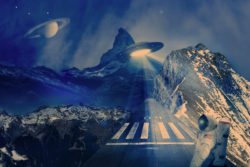

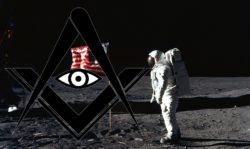
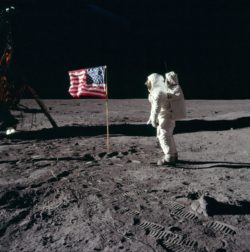

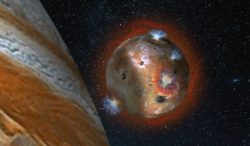
1 Comment
UFO Insight does not take responsibility for the content of the comments below. We take care of filtering profanity as much as we can. The opinions and discussion in the comments below are not the views of UFO Insight, they are the views of the individual posting the comment.
Newest comments appear first, oldest at the bottom. Post a new comment!
What about far side of the moon??
It is said that there is a large mothership 1.5 million years old dumbed there.
There was a secret mission Apollo20 whom some say that it was a suicidal mission cause at those times technology was still premature to skip Van Allen Belt which is a very high radio active zone.
These could be conspiracy theories but other international satellites saw this ship too.
Ok interesting.
Thanks.